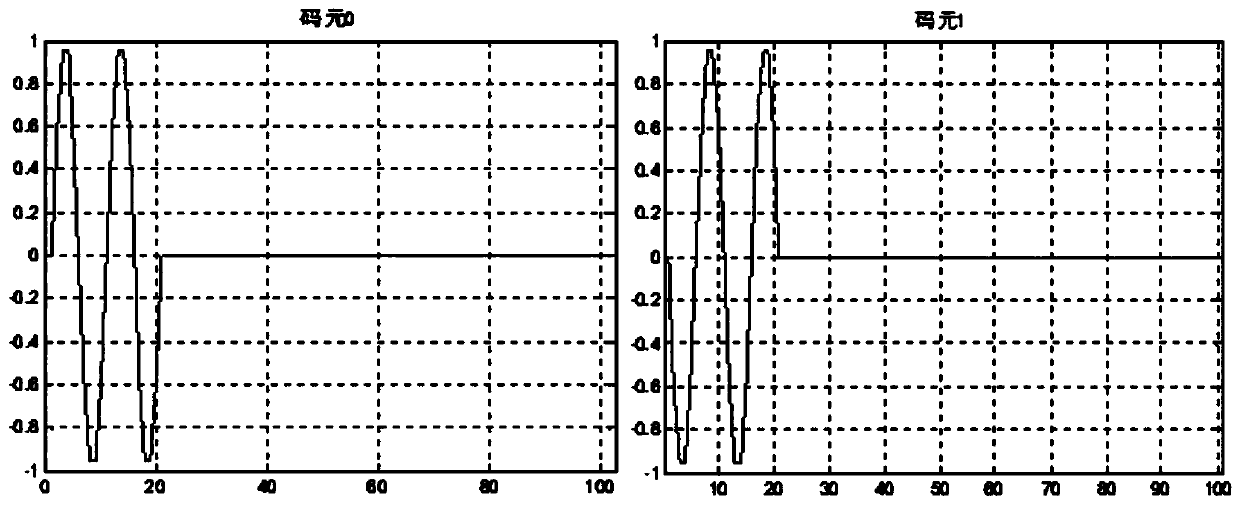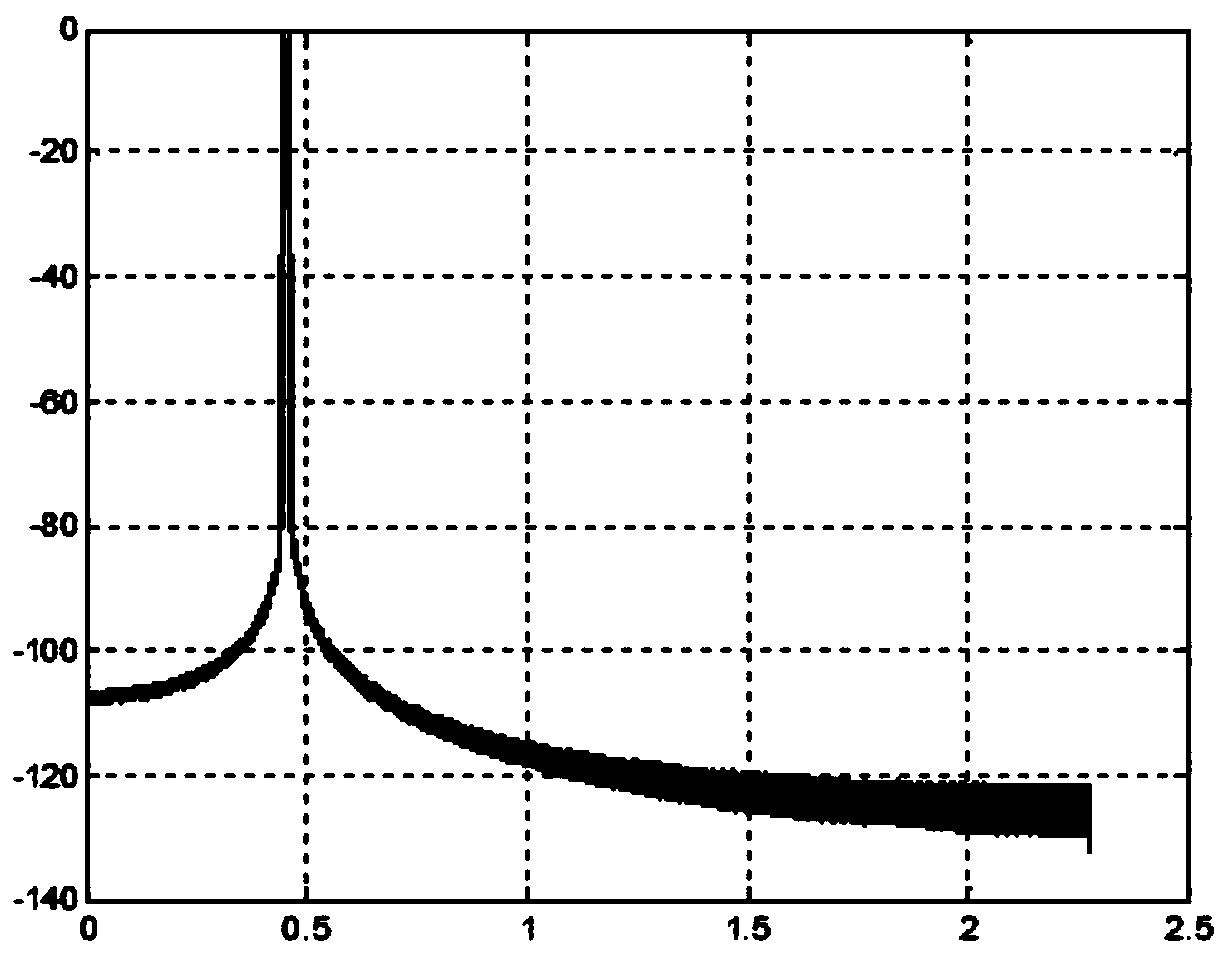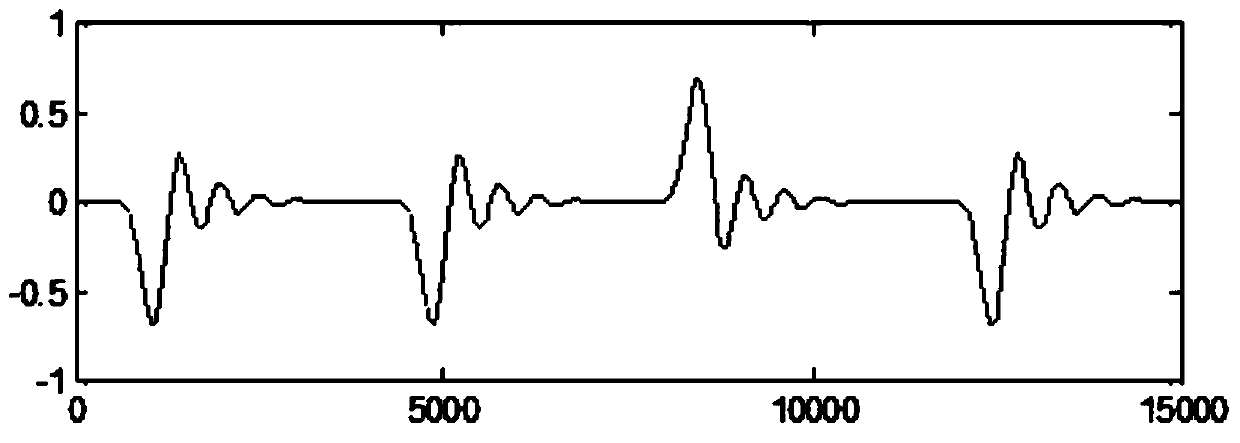An anti-pulse interference method based on an MPPSK modulation mode
A modulation method and anti-pulse technology, which is applied in the field of information demodulation, can solve the problems of inability to suppress the harmful effects of pulse interference nonlinear beat frequency, weaken the amplitude of pulse interference, and receive signal loss, and achieve superior pulse interference performance , reduce randomness, and reduce the effect of hardware requirements
- Summary
- Abstract
- Description
- Claims
- Application Information
AI Technical Summary
Problems solved by technology
Method used
Image
Examples
Embodiment Construction
[0053] The present invention will be described in detail below with reference to the accompanying drawings and in combination with embodiments. The descriptions here are used to provide a further understanding of the present invention and constitute a part of the application. The exemplary embodiments of the present invention and their descriptions are used to explain the present invention and do not constitute improper limitations to the present invention.
[0054] see Figure 9 Shown, a kind of anti-pulse interference method based on MPPSK modulation mode, comprises the following steps:
[0055] Step 1) carry out median filter processing to the received MPPSK modulation signal;
[0056] Step 2) further limiting the MPPSK modulated signal after median filter processing by a wave suppressor to weaken the interference;
[0057] Step 3) using an adaptive filter to filter out residual pulse interference and channel noise in the MPPSK modulated signal after wave cancellation;
...
PUM
 Login to View More
Login to View More Abstract
Description
Claims
Application Information
 Login to View More
Login to View More - R&D
- Intellectual Property
- Life Sciences
- Materials
- Tech Scout
- Unparalleled Data Quality
- Higher Quality Content
- 60% Fewer Hallucinations
Browse by: Latest US Patents, China's latest patents, Technical Efficacy Thesaurus, Application Domain, Technology Topic, Popular Technical Reports.
© 2025 PatSnap. All rights reserved.Legal|Privacy policy|Modern Slavery Act Transparency Statement|Sitemap|About US| Contact US: help@patsnap.com



